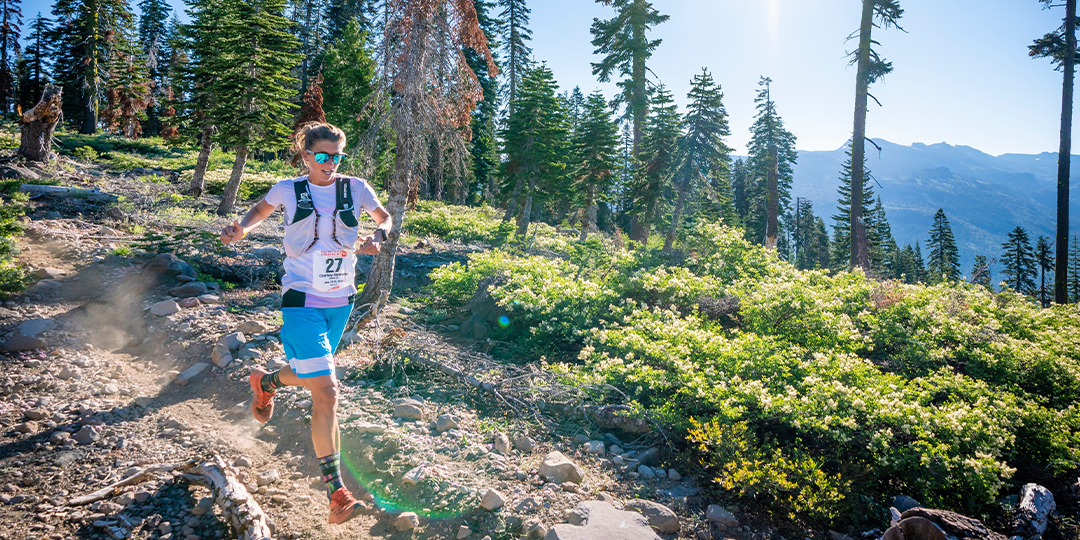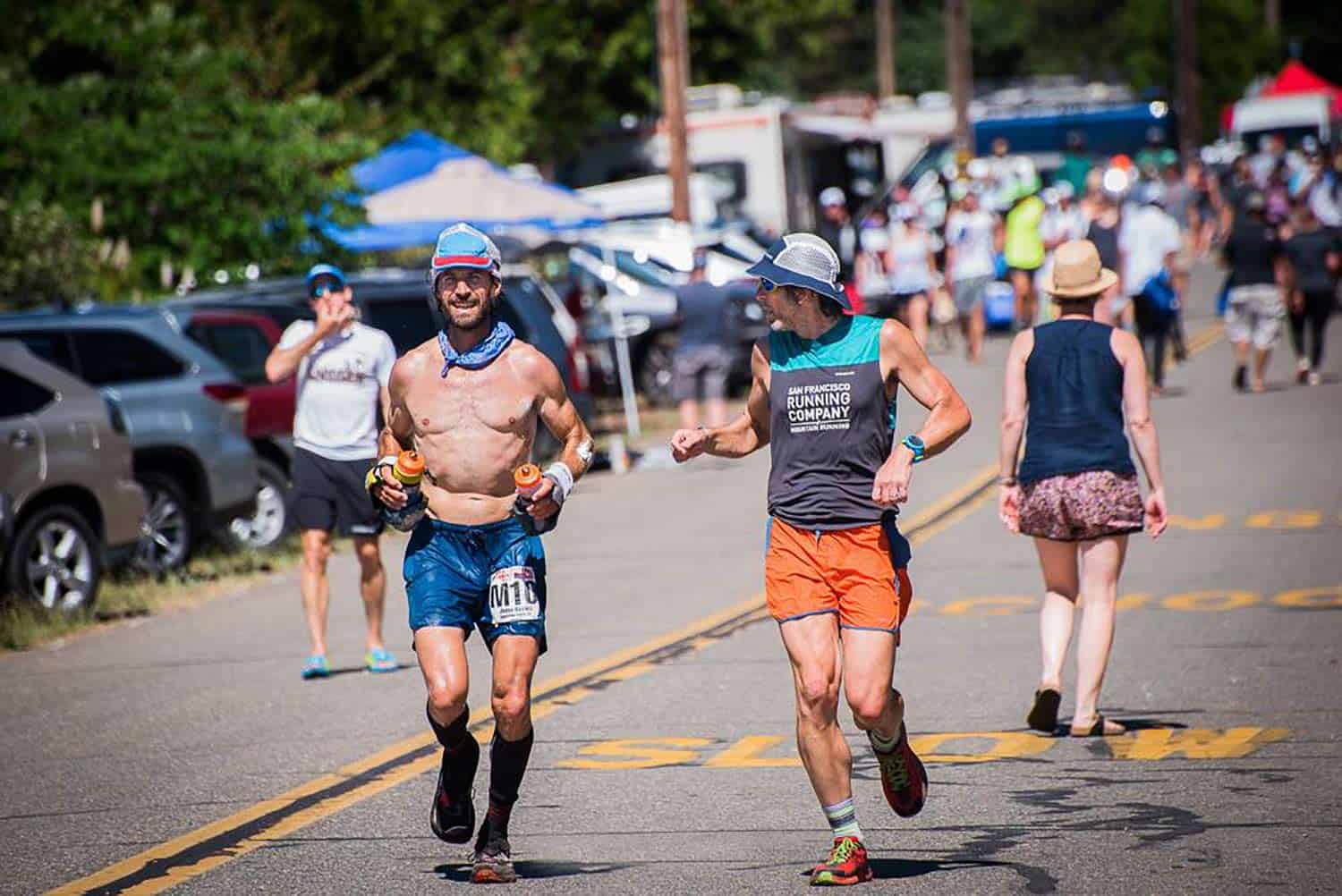Historical Significance of the Western States 100

The Western States 100-Mile Endurance Run, also known as the WS100, is a legendary ultramarathon that has captured the imagination of endurance athletes and outdoor enthusiasts alike. With its rugged terrain, breathtaking scenery, and rich history, the WS100 has become a symbol of human endurance and the spirit of adventure.
The origins of the WS100 can be traced back to 1974, when a group of runners led by Gordon Ainsleigh set out to create an ultramarathon that would push the limits of human endurance. Inspired by the iconic Western States Trail, which runs from Squaw Valley to Auburn, California, they designed a course that would traverse some of the most challenging terrain in the Sierra Nevada mountains.
Origins and Evolution, Western states 100
The first WS100 was held in 1977, with just 14 runners participating. Over the years, the race has grown in popularity, attracting thousands of runners from around the world. The course has also undergone several changes, with the current route covering a distance of 100.2 miles and gaining over 18,000 feet of elevation.
Cultural Impact
The WS100 has had a profound impact on the world of ultramarathon running. It has inspired countless runners to push their limits and has helped to raise the profile of the sport. The race has also played a role in promoting the Western States Trail and the surrounding area, attracting tourists and outdoor enthusiasts from around the world.
Course Characteristics and Challenges

The Western States 100 course is renowned for its scenic beauty and challenging terrain. The race traverses the rugged Sierra Nevada mountains, passing through canyons, forests, and high alpine meadows. The course is characterized by its steep climbs, technical descents, and remote wilderness sections, making it one of the most demanding ultramarathons in the world.
Geographical Features and Terrain
The course begins in Squaw Valley, California, and follows the Western States Trail for much of its length. The trail winds through the canyons of the American River, climbs over the granite peaks of the Sierra Nevada, and descends into the canyons of the Yuba River. The highest point on the course is Emigrant Pass, at an elevation of 8,750 feet. The lowest point is the finish line in Auburn, California, at an elevation of 1,365 feet.
Physical and Mental Challenges
The Western States 100 is a physically and mentally demanding race. Runners must contend with the steep climbs, technical descents, and remote wilderness sections. The race is also run at high altitude, which can lead to altitude sickness. The weather conditions can also be challenging, with runners facing extreme heat, cold, rain, and snow.
The remote wilderness sections of the course are particularly challenging. Runners must be self-sufficient and able to navigate through difficult terrain. They must also be prepared to deal with wildlife, including bears, mountain lions, and rattlesnakes.
The Western States 100 is a race that tests the limits of human endurance. Runners who finish the race are among the most accomplished ultramarathoners in the world.
Race Logistics and Strategies: Western States 100

Participating in the Western States 100 requires meticulous planning and preparation. This comprehensive guide will navigate you through the logistics, training, gear selection, and race-day strategies to optimize your performance in this iconic ultramarathon.
Registration
Registration for the Western States 100 opens in January each year. The lottery system determines who secures a spot in the race, with priority given to returning runners and those who have completed other qualifying ultramarathons. The lottery results are typically announced in March.
Training
Adequate training is crucial for tackling the Western States 100. Most runners dedicate 6-12 months to preparing for the race. A comprehensive training plan should include a gradual increase in mileage, elevation gain, and time spent on your feet. Incorporate hill repeats, back-to-back long runs, and tempo runs into your schedule.
Gear Selection
Choosing the right gear is essential for comfort and performance. Opt for lightweight and breathable running shoes with ample cushioning. Invest in a reliable hydration pack or handheld bottles to stay hydrated throughout the race. Consider using trekking poles for additional support on steep climbs and descents. Pack essential items like a headlamp, whistle, and first-aid kit.
Race-Day Strategies
On race day, pacing and nutrition are key. Start conservatively and gradually increase your pace as you progress. Listen to your body and take breaks when needed. Fuel your body with easily digestible snacks and fluids at regular intervals.
Pacing Plans
Various pacing plans exist for the Western States 100. Some runners prefer a negative split, starting slower and finishing stronger. Others adopt a more even pace throughout the race. Experiment with different strategies during training to find what works best for you.
Nutrition Plans
A well-rounded nutrition plan is crucial for sustaining energy levels during the race. Consider consuming a mix of carbohydrates, proteins, and fats. Avoid heavy meals and opt for easily digestible snacks like energy gels, sports drinks, and fruit. Stay hydrated by drinking plenty of water and electrolyte beverages.